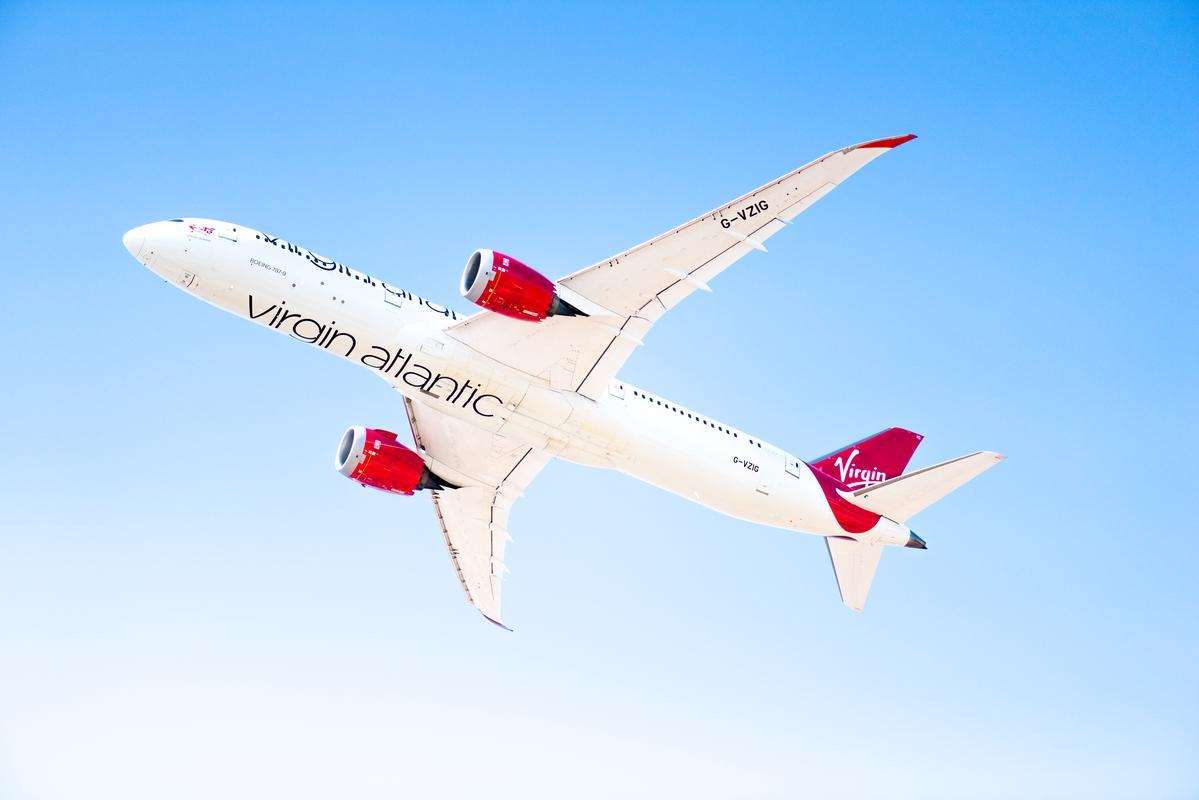It’s a major milestone, the Renewable Fuels Association says
By Diego Flammini
Staff Writer
Farms.com
Multiple industries are celebrating a successful transatlantic flight.
Virgin Atlantic Flight100 flew from London Heathrow to New York JFK, about 3,440 miles, using 100 percent sustainable aviation fuel (SAF).
To put that distance into context, the distance from Maine to Oregon is about 3,055 miles.
Flight100’s Boeing 787, equipped with Rolls-Royce Trent 1000 engines, used 50 tons of SAF.
Used cooking oil, waste animal fat and synthetic aromatic kerosene made from corn made up the fuel used in the flight.

Virgin Atlantic photo.
It delivers “C02 lifecycle emissions savings of up to 70%, whilst performing like the traditional jet fuel it replaces,” Virgin Atlantic said in a Nov. 28 statement.
SAF represents less than 0.1 percent of global jet fuel volumes. But this successful flight should encourage governments and industries to scale up production, the company added.
“But you have to start somewhere,” Sir Richard Branson, founder of Virgin, told the BBC. “And if we didn’t prove it can be done, you would never, ever get sustainable aviation fuel.”
The American renewable fuels industry is also applauding the success of the flight.
SAF supports innovation and communities, said Geoff Cooper, president of the Renewable Fuels Association.
“The first transatlantic flight using 100% SAF is a major milestone for the development of sustainable aviation fuel,” he told Farms.com in an emailed statement. “We are very optimistic about the future potential of SAF not only to cut carbon emissions in the aviation sector but to help grow the renewable fuels industry and support rural economies.”
Ensuring proper regulation will be a key component in the SAF equation, Cooper said.
Stakeholders must embrace the U.S. Department of Energy’s Argonne National Laboratory GREET (Greenhouse gases, Regulated Emissions and Energy use in Technologies) lifecycle model for determining SAF emissions.
“This model is the gold standard because it incorporates the latest biorefining and feedstock production efficiencies and accounts for every aspect of the full fuel lifecycle, from land use impacts to all stages of fuel and feedstock production and distribution,” Cooper said.